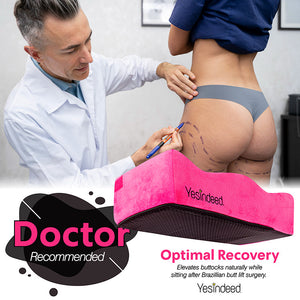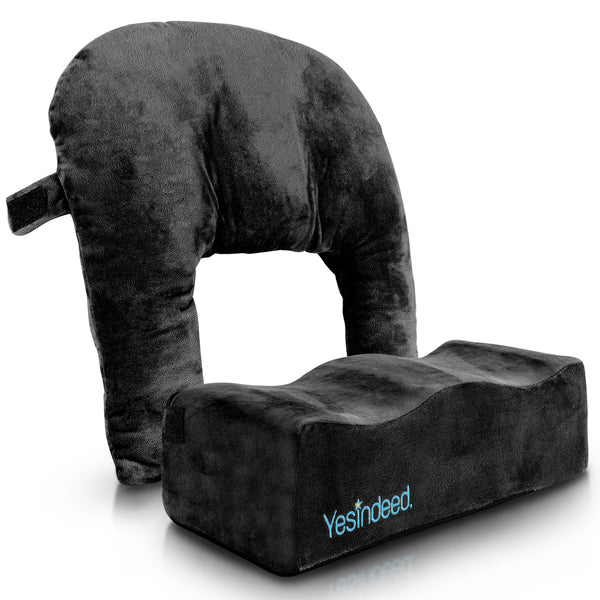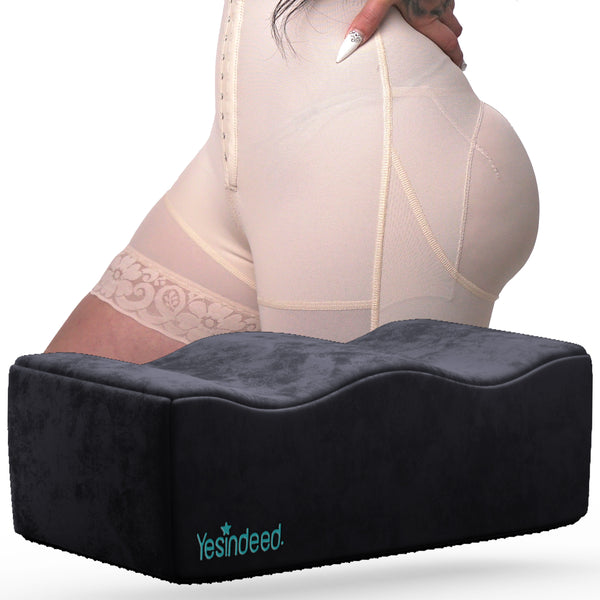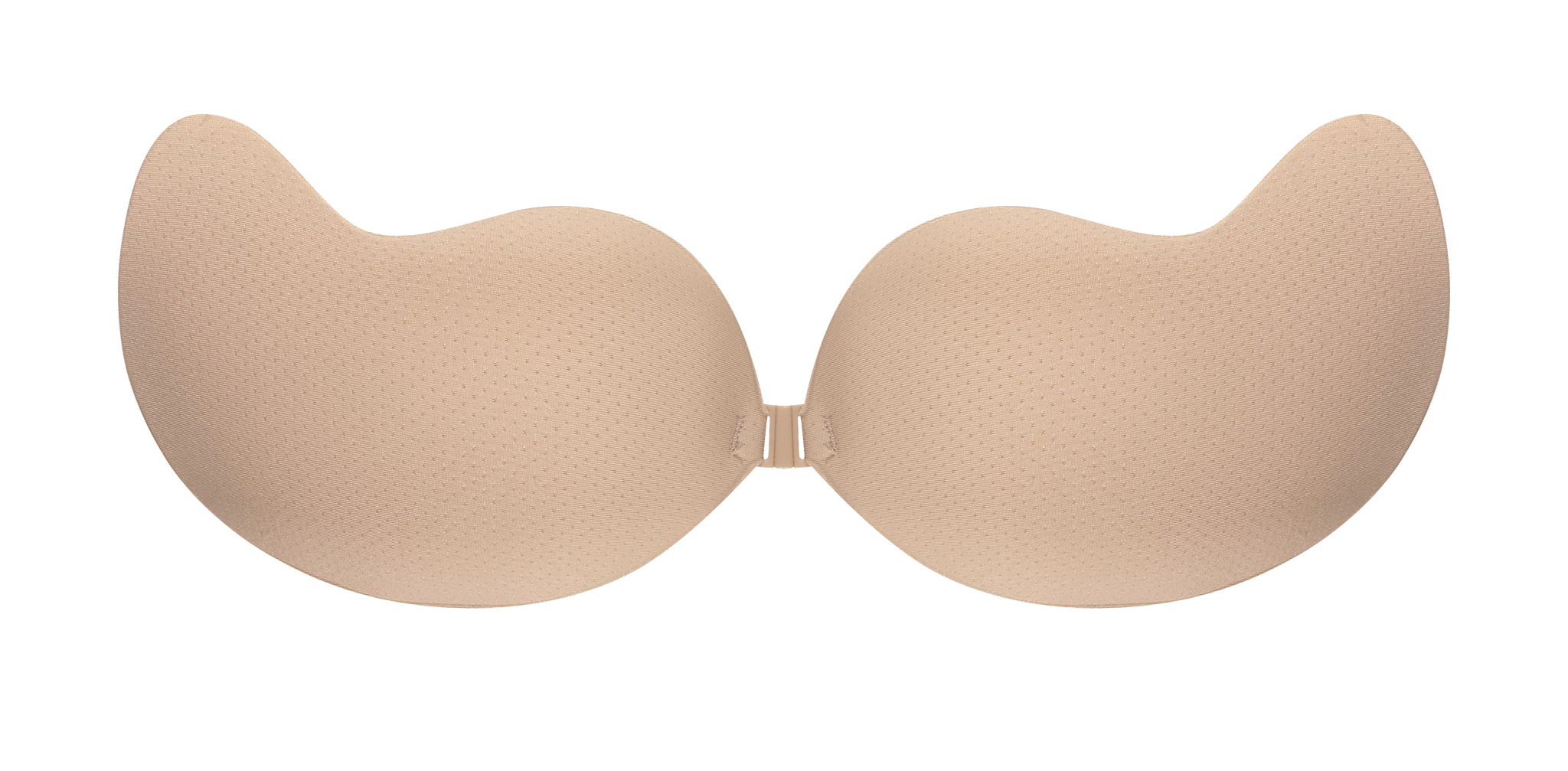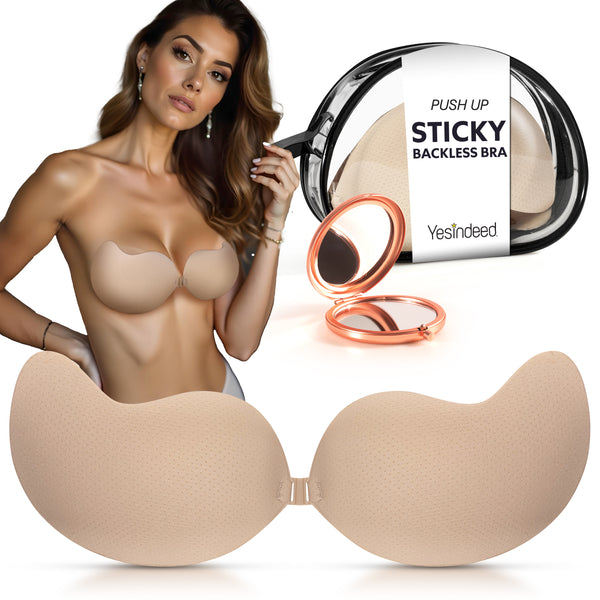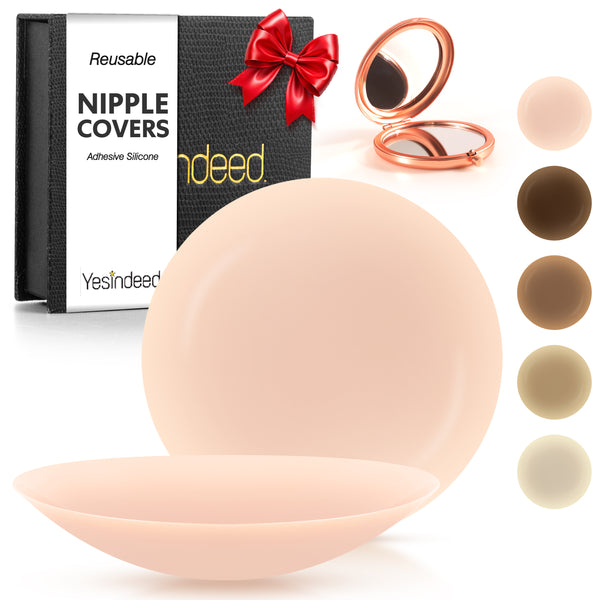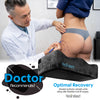Liposuction is a cosmetic surgical technique that removes excess fat from various body sections while reshaping and shrinking certain areas. Despite its popularity and the ongoing advancements in cosmetic surgery, it remains a subject shrouded in misconceptions. Here's an in-depth look at liposuction to clarify any misunderstandings and accurately represent the process.
The Liposuction Procedure

Liposuction 101, also known as lipoplasty or lipo, involves the removal of localized fat deposits through a suction technique. A surgeon will make small incisions in the targeted area and insert a thin tube called a cannula, breaking up the fat cells and subsequently extracting them.
Candidacy
For people who are at or close to their target body weight but battle with stubborn fat pockets that defy diet and exercise, liposuction is a great option. It's not a way to lose weight or a replacement for making healthy lifestyle decisions. People who have good skin elasticity and muscular tone are usually better candidates since these characteristics help to provide a smoother outcome.
Common Areas For Liposuction
 While many body parts are legally eligible for liposuction, particular ones are more frequently chosen because of their propensity to gather persistent fat deposits.
While many body parts are legally eligible for liposuction, particular ones are more frequently chosen because of their propensity to gather persistent fat deposits.
- Abdomen: The abdominal area is one of the most frequently treated areas as it harbors resistant fat.
- Thighs: Inner and outer thighs are popular, especially among women seeking a thigh gap or better-proportioned legs.
- Flanks: The flanks, or love handles, are another common area, contributing to a more streamlined waist.
- Arms: Upper arm fat can be troublesome, and liposuction can help reduce the 'bat wing' appearance.
- Neck and Chin: Submental fat, or a double chin, can be effectively addressed with liposuction to enhance the jawline.
- Buttocks: While not to be confused with a Brazilian Butt Lift, liposuction can sculpt and contour the buttock area.
- Calves and Ankles: Liposuction can be applied to reduce fatty deposits around the calves and ankles for those seeking more shapely lower legs.
Types Of Liposuction
Several liposuction techniques are available, each having its unique advantages:
Tumescent Liposuction
- The most common technique.
- Involves injecting a solution into the fatty area to facilitate fat removal.
Ultrasound-Assisted Liposuction (UAL)
- Uses ultrasound to liquefy the fat before removal.
- It is beneficial for fibrous areas like the male breast or back.
Laser-Assisted Liposuction
- Utilizes laser energy to liquefy fat cells.
- It may involve less swelling and bruising.
Power-Assisted Liposuction
- Employs a cannula that moves in a back-and-forth motion.
- Enables the surgeon to remove fat with less manual effort.
Pre-Operative Considerations
Before undergoing liposuction, candidates must undergo a consultation to discuss medical history, expectations, and potential risks. A comprehensive examination and, possibly, some laboratory tests are done to ensure the individual is a suitable candidate. The surgeon may also provide specific pre-operative instructions, including dietary restrictions and medication adjustments.
The Recovery Process
Postoperative lipo recovery results varies based on the extent of the procedure of liposuction. Most people can return to light activities within a few days, but vigorous exercises should be avoided for about four to six weeks. Patients may experience swelling, bruising, and discomfort, manageable with prescribed medications. To lessen edema and support the treated areas, compression garments are typically advised.
Risks and Safety Measures of Liposuction Process
Risks
Liposuction, although considered safe when performed by a certified and experienced surgeon, can present several risks:
- Contour Irregularities: If the underlying skin is not elastic enough, it may appear loose and wavy post-procedure.
- Fluid Accumulation: Temporary pockets of fluid, or seromas, may form under the skin, requiring drainage.
- Infection: Although rare, infections can occur and, in severe cases, may require aggressive treatment.
- Internal Organ Puncture: Very rarely, the cannula might penetrate internal organs, necessitating immediate surgical repair.
- Fat Embolism: Breakaways from loosening fat can get stuck in blood vessels and cause life-threatening illnesses like embolism, stroke, or heart attack.
Safety Measures
To minimize risks and complications, adhere to the following safety measures:
- Choose a Qualified Surgeon: Select a board-certified plastic surgeon who has performed numerous liposuction surgeries.
- Follow Pre- and Postoperative Instructions: Abide by all the guidelines your surgeon provides before and after the surgery.
- Maintain Good Health: Being in good health reduces the risks of complications during and after the procedure.
- Have Realistic Expectations: Understanding liposuction's limitations helps avoid disappointment with the results.
- Postoperative Care: Proper care of the surgical site, wearing compression garments, avoiding strenuous activities, and attending follow-up appointments are crucial for a smooth recovery.
Cost And Insurance
Depending on the practitioner's skill, the patient's location, and the amount of locations being treated, liposuction prices might vary significantly.
Generally, it ranges from $2,000 to $3,500 per treatment area. Since liposuction is typically considered a cosmetic procedure, it's usually not covered by health insurance, but many surgeons offer financing options.
Results And Satisfaction
Liposuction removes fat cells permanently, however treatment does not stop the residual fat cells from growing larger as a result of weight increase. The key to keeping the results is to maintain a steady weight with a good diet and frequent exercise. Most patients report high satisfaction levels and improved self-esteem after undergoing liposuction, as long as their expectations are realistic, and they maintain a healthy lifestyle post-surgery.
Conclusion
Understanding the common areas for liposuction and how to choose the right procedure is pivotal in achieving satisfactory results. Equally important is the knowledge and adherence to safety measures and a clear comprehension of the possible risks associated with the procedure. Always speak with a board-certified surgeon to ensure a safer and more knowledgeable liposuction procedure. They can offer individualized guidance and recommendations based on your specific situation and desired results.
Frequenltly Asked Questions
How Effective Is Liposuction For Long-Term Weight Loss?
Liposuction is not a weight-loss solution but is effective for removing localized fat deposits; maintaining results requires a healthy lifestyle and regular exercise.
What Can Be Done To Maintain Results After Undergoing Liposuction?
Follow a healthy diet, get regular exercise, and keep your weight stable to retain the outcomes of liposuction.
Are There Any Risks Or Potential Side Effects Associated With Liposuction?
While generally safe, liposuction poses risks such as infection, contour irregularities, and fluid accumulation; choosing a qualified surgeon minimizes these risks.
How Does One Determine If They Are A Good Candidate For Liposuction?
The best candidates have reasonable expectations, are at or close to their target body weight, have good skin elasticity, and have adequate muscle tone.
What Are The Different Types Of Liposuction Procedures Available?
Several types exist, including tumescent, ultrasound-assisted, laser-assisted, and power-assisted liposuction, each suited to different needs and preferences.









